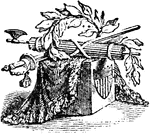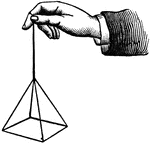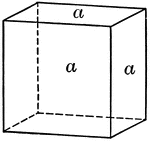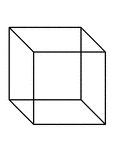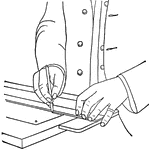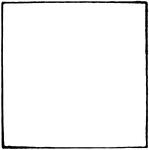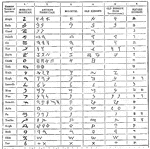
Pallium
"An outer garment. The English cloak, though commonly adopted as the translation of these terms, conveys…

Palium
"The English cloak, though commonly adopted as the translation of these terms, conveys no accurate conception…
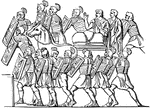
Hollow Square
Military formation of the Romans, also agmen quadratum. Square formation with no troops in the middle.

Puteal
"Puteal, properly means the enclosure surrounding the opening of a well, to protect persons from falling…
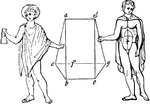
Chlamys
"The chlamys was a species of cloak or scarf, oblong instead of square, its length being generally about…

Moth
The wings are long; the primaries blunt; the secondaries small. The thorax is square with a central…

Overhead cover
"In determining the area of overhead cover to be provided, allow 6 sq. ft. per man for occupancy while…
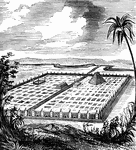
Babylon
"Babylon is said, by some writers, to have owed its foundation to Queen Semiramis, a person whose history,…

Plummet
A piece of lead fastened to a line, and used to determine a perpendicular, and with a square, a horizontal…
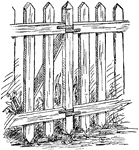
Picket fence
"Procure pickets two inches wide, by half an inch thick, and six feet long; nail them to two rails,…
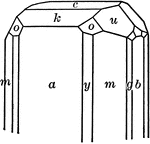
Columbite
"Orthohombic. Habit of crystals is short prismatic; often in square prisms because of prominent development…
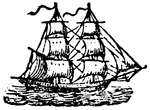
Brig
"Brigantine: a square-rigged vessel with two masts and fore and aft mainsail." — Williams, 1889

Wrenches
"1, Screw-wrench; 2, Tap-wrench; 3, Angle-wrench; 4, Tube-wrench; 5, Monkey-wrench for hexagonal and…

Square Knot
"This is much better than the granny knot, because it is easily untied, but will not loosen of itself."…

Modern bungalow
"A modern square cottage, or 'bungalow', well proportioned. A good design for a village house." —Kinne,…
Herati Design
Also known as the fish, twin fish and Feraghan designs. Better known as the Herati. It originated in…

Herati Design
Also known as the fish, twin fish and Feraghan designs. Better known as the Herati. It originated in…

Herati Design
Also known as the fish, twin fish and Feraghan designs. Better known as the Herati. It originated in…

Herati Design
Also known as the fish, twin fish and Feraghan designs. Better known as the Herati. It originated in…

Herati Design
Also known as the fish, twin fish and Feraghan designs. Better known as the Herati. It originated in…

Herati Design
Also known as the fish, twin fish and Feraghan designs. Better known as the Herati. It originated in…
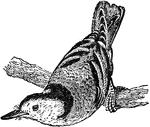
Nuthatch
A genus of birds found widely distributed in Eurasia, which somewhat resemble the starlings and woodpeckers.…

Obelisk
A square monument with a pyramidal top, and generally diminishing in size toward the upper end.
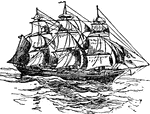
Ship
The name applied in a restricted sense to a large vessel with bowsprit and three masts, each of which…
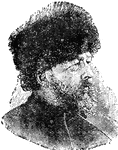
Bayard Taylor
Author and traveler, born in Kennett Square, Penn., Jan. 11, 1825; died in Berlin, Germany, Dec. 19,…
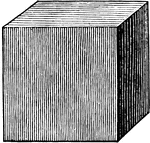
Cube
A regular body with six square faces; a rectangular parallelopiped, having all its edges equal.

Tilted Strata
This illustration shows a rock formation that has a tilted strata. a b c d represents a square block…
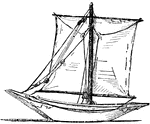
Doonga
A canoe made out of a single piece of wood and carrying a square sail, employed for navigating the marshes…
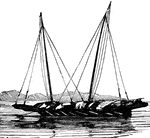
Pindjajap
A boat of Sumatra and the Malay archipelago, with from one to three masts, generally two, carrying square…
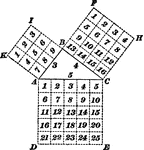
Right Triangle
"In any right triangle, the square described on the hypotenuse is equal to the sum of the squares described…

First Right Square Prism
"Science has succeeded in classifying the thousands of known crystals in six systems, to each of which…

Second Right Square Prism
"Science has succeeded in classifying the thousands of known crystals in six systems, to each of which…

First Right Square Octahedron
"Science has succeeded in classifying the thousands of known crystals in six systems, to each of which…
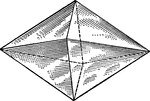
Second Right Square Octahedron
"Science has succeeded in classifying the thousands of known crystals in six systems, to each of which…

Compasses
"The compasses, next to the T square and triangles, are used more than any other instrument. A pencil…
Compasses
"The compasses, next to the T square and triangles, are used more than any other instrument. A pencil…
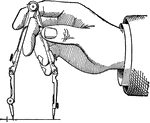
Compasses
"The compasses, next to the T square and triangles, are used more than any other instrument. A pencil…
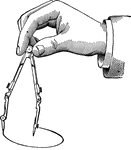
Compasses
"The compasses, next to the T square and triangles, are used more than any other instrument. A pencil…
Compasses
"The compasses, next to the T square and triangles, are used more than any other instrument. A pencil…
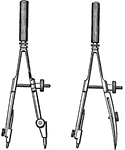
Compasses
"The compasses, next to the T square and triangles, are used more than any other instrument. A pencil…
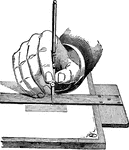
Ruling Pen
"For drawing ink lines other than arcs of circles, the ruling pen is used. It should be held as nearly…

Ruling Pen
"For drawing ink lines other than arcs of circles, the ruling pen is used. It should be held as nearly…

Fowler's Anchor
"A massive square framework of wood, mounted on six sarp disc wheels, each about two feet in diameter,…
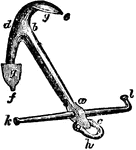
Common Anchor
"The shank is the straight part, ab; the square, ac, is that part of the shank to which the stock and…
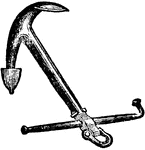
Admiralty's Anchor
"The Admiralty anchor differs only from the ordinary anchor in having a nut, a, worked on the square,…
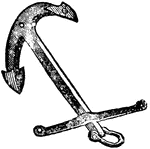
Rodger's Anchor
"The stock is of iron in large as well as small anchors, and is made with a mortice, to fit over the…
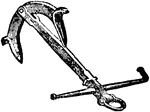
Trotman's Anchor
"The stock is of iron, similar to the Admiralty anchor; the shank is of rectangular section, somewhat…

Martin's Anchor
"The anchor is represented in the position in which it lies on the ground just before taking hold. The…

Bower Anchor
"A, is the cathead; B, the fish davit; C, and E, bollards; D, the bill-board. The anchor is held in…

Danglish Apparatus
"The Danglish apparatus consists of the following parts: 1st, a generator A, in which carbonic acid…

